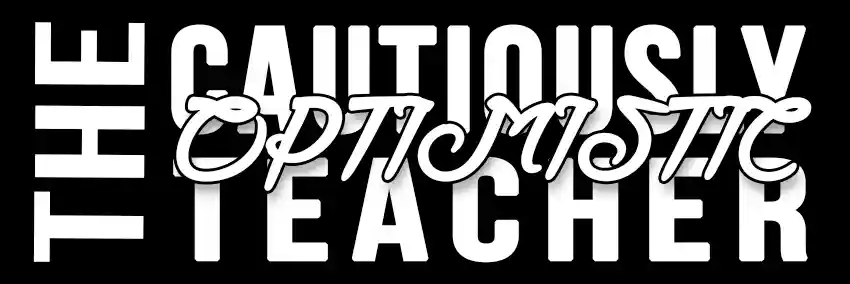Day 21: The Interlopers and Semicolons Lesson Plan
Today’s class will guide students through independent reading, a quick grammar review, and then dive into the classic short story The Interlopers by Saki (H.H. Munro). This story is perfect for exploring irony, plot twists, and how setting can shape a story’s meaning.
1. Silent Reading
Begin class with 15 minutes of silent reading. Students should use this time to continue their self-selected novels and make a note of one interesting moment or quotation they come across.
2. Semicolons Lesson
Transition into a focused mini-lesson on semicolons. This quick grammar focus builds on our earlier punctuation lessons and helps students improve their sentence variety.
3. Read The Interlopers
As a class, read The Interlopers aloud or silently, depending on your preference. After the reading, use the following five questions to prompt discussion and written reflection:
Questions for The Interlopers
Irony: What makes the ending of The Interlopers an example of situational irony? How does this irony shape the overall impact of the story?
Plot: What is the main conflict driving the plot, and how is this conflict resolved (or not resolved) by the end?
Theme: What theme does Saki communicate about human pride, grudges, or the relationship between humanity and nature?
Setting: How does the forest setting influence the events of the story? Would the story have the same effect if it were set somewhere else?
The Ending: Do you think the two men are alive at the end of the story? Why or why not? Use evidence from the text to support your interpretation.







